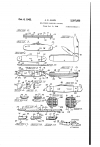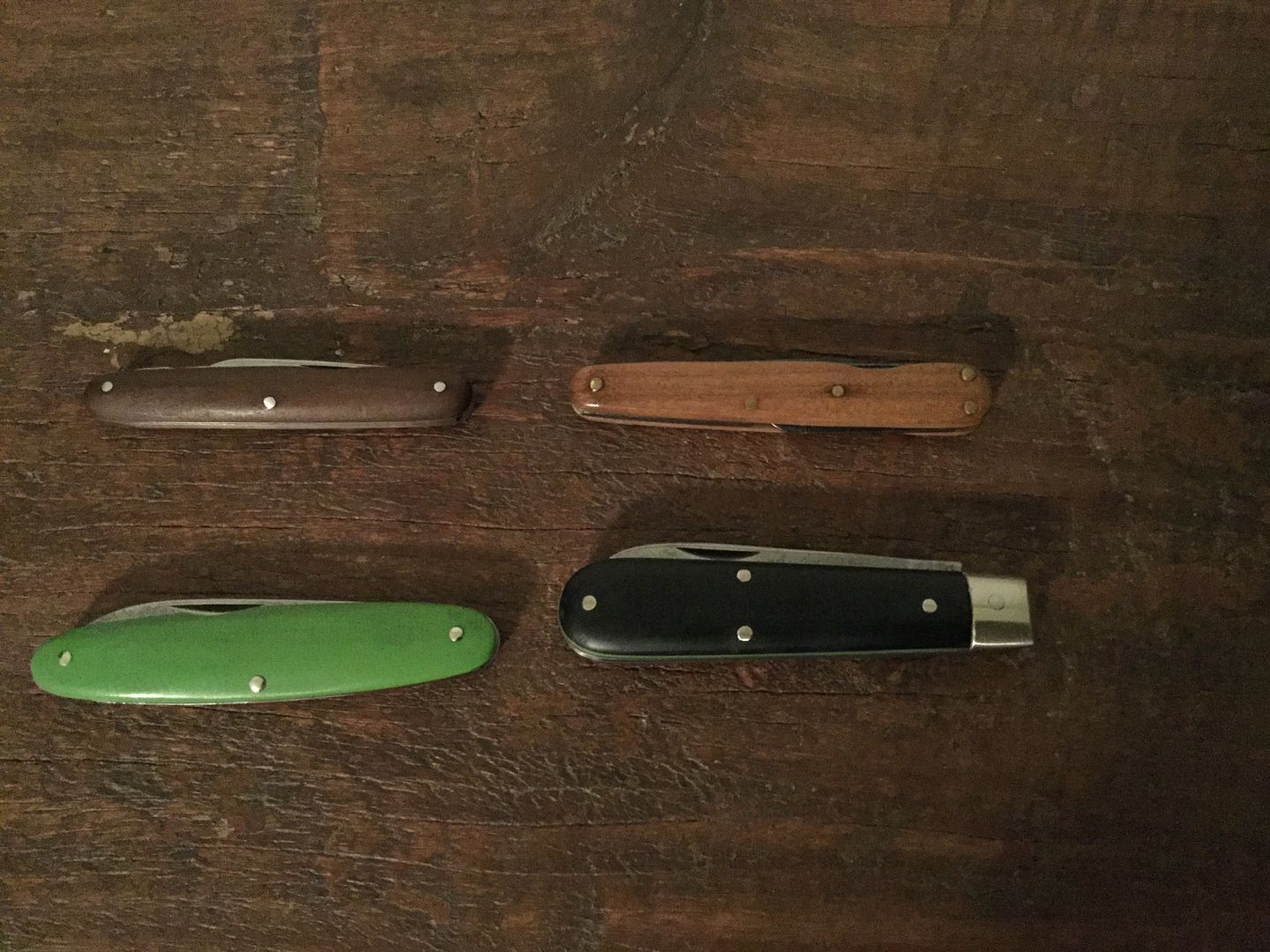Purchased at a Thrift yesterday ($11.25).
Only identifier is a tang stamp of
Patent 2,297,855 U.S.A. .
Interrogating The US Patent Office
archives indicate the inventor applied
for patent of a new bolster system…(October 1940). The patent was
Awarded (October 1942). The Utica
Cutlery Co. Of Utica N.Y. was the associated knife Company .
Ironic that the bolster appears to be the
Site of part of the failure …. Appearing to
Have been vise crushed. Not sure I would
Have purchased this as a stand alone but
It was part of a 4 knife bundle. ( Imperial 36-52’, Syracuse 35-40’, Camillus 35-mid 40’s TL-29 ).
I enjoyed researching the history … the patent actually reads like an M.I.T. Thesis.
Chas
Only identifier is a tang stamp of
Patent 2,297,855 U.S.A. .
Interrogating The US Patent Office
archives indicate the inventor applied
for patent of a new bolster system…(October 1940). The patent was
Awarded (October 1942). The Utica
Cutlery Co. Of Utica N.Y. was the associated knife Company .
Ironic that the bolster appears to be the
Site of part of the failure …. Appearing to
Have been vise crushed. Not sure I would
Have purchased this as a stand alone but
It was part of a 4 knife bundle. ( Imperial 36-52’, Syracuse 35-40’, Camillus 35-mid 40’s TL-29 ).
I enjoyed researching the history … the patent actually reads like an M.I.T. Thesis.
Chas



